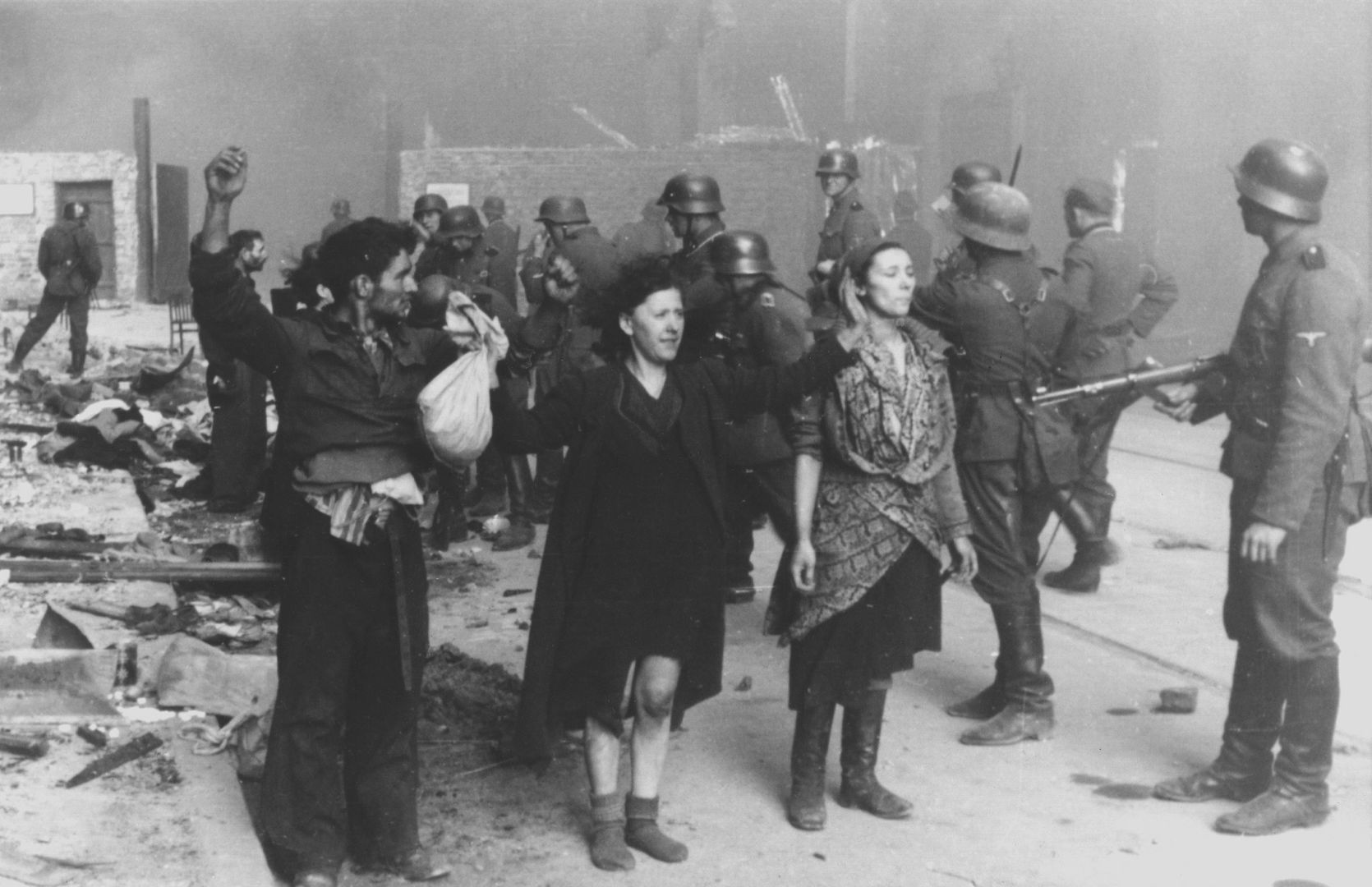Muranów
6.67

Overview
Muranów is a historic district of Warsaw with a rich history dating back to the 17th century. The etymology of the name refers to the Murano Palace, built in 1686 by Italian architect Józef Szymon Bellotti, alluding to the famous island in Venice. The area is located between Wola and Śródmieście, with its boundaries marked by avenues and streets, including Okopowa and Leszno. Muranów initially developed as a jurydyka (privately owned town) inhabited by a German population, which contributed to its multicultural character. In the 19th century, the area became predominantly Jewish, and by 1939, 90% of its residents were Jewish.
World War II brought a tragic history to Muranów. In 1940, it was incorporated into the Warsaw Ghetto, leading to its complete destruction during the Warsaw Ghetto Uprising in 1943 and the Warsaw Uprising in 1944.
After the war, Muranów was entirely rebuilt into modern housing estates, starting with the leveling of the post-war rubble. Architect Bohdan Lachert designed the estate in a modernist style, using rubble concrete (gruzobeton) to symbolize the memory of the Jewish tragedy. Over the years, the architecture of Muranów evolved, incorporating elements of socialist realism and later diverse styles. Muranów is home to many important cultural and social institutions, including the POLIN Museum of the History of Polish Jews, as well as numerous monuments commemorating events related to the Holocaust and World War II, such as the Monument to the Ghetto Heroes.
From an architectural perspective, Muranów presents a blend of tradition and modernity, with notable developments such as the Muranów Północny estate, featuring distinctive apartment blocks and modern skyscrapers. The area also includes parks, squares, and plazas, many of which bear names related to Warsaw's history. Muranów remains a living example of Warsaw's cultural heritage, preserving the memory of its pre-war life and the tragic events that took place there. A central point of Muranów is its cinematic culture, including the Muranów Cinema, which continuously attracts residents and tourists, fostering film culture in this part of the city. The entire history of Muranów is not only an example of dramatic turns of fate but also of rebirth and cultural continuity in an urban space, while preserving the memory of the past.
Location
Tickets
Powered by GetYourGuide
2025 Wizytor | All Rights Reserved